




 he renewed focus — particularly on improving inadequate funding, inconsistent training and varying resources by district or county office — perhaps fortuitously arrives amid the economic devastation of the COVID-19 pandemic affecting countless families. “I think districts could very well find themselves at the end of this potentially serving more students who have been economically impacted,” said Tasminda Dhaliwal, a research associate in the USC Rossier School of Education’s Center on Education Policy, Equity and Governance and an expert on K-12 student homelessness.
he renewed focus — particularly on improving inadequate funding, inconsistent training and varying resources by district or county office — perhaps fortuitously arrives amid the economic devastation of the COVID-19 pandemic affecting countless families. “I think districts could very well find themselves at the end of this potentially serving more students who have been economically impacted,” said Tasminda Dhaliwal, a research associate in the USC Rossier School of Education’s Center on Education Policy, Equity and Governance and an expert on K-12 student homelessness.
“It’s going to be throughout the state, not just San Ysidro, but definitely throughout the state, that our numbers of homeless families are going to increase,” added Veronica Medina, manager of Student and Family Services for the San Ysidro Unified School District, located just north of the U.S.-Mexico border.
Pairing those projections with the audit’s findings, officials said the state’s Education for Homeless Children and Youths Program and school districts must do all they can to improve services to the estimated 270,000 California children from early childhood through high school experiencing homelessness.
Many of the legally required or recommended tasks were outlined in a January letter from the CDE to county and district superintendents and charter school administrators. It reads, in part, “It is important to remind LEAs that children and youth experiencing homelessness must receive the full protections and services provided under all federal and state laws, as it relates to homeless education. Homeless children and youth have equal access to the same free, appropriate public education, including a public preschool education, as provided to other children and youths.”
This definition includes:





This definition includes:





Because the definition includes scenarios such as students sleeping on a relative’s couch or doubling-up with other families at an apartment complex, USC’s Dhaliwal said districts and schools must first prioritize “calibrating and making sure everyone’s on the same page around the definition.” While that training process ideally should reach as many staff members and teachers as possible, the CDE recommends the National Center for Homeless Education’s practice that LEAs not only have a homeless liaison at the district or county office level, but to also designate a dedicated staff person at every school site.
The CDE receives approximately $11 million annually in Education for Homeless Children and Youth federal funding, a program that first funded Medina’s position at San Ysidro USD in 2005. Currently, the funds are allocated to 106 districts, county offices of education and charter schools through a competitive process; put in perspective, California has roughly 1,400 LEAs.
With limited federal funds available in a state in which K-12 schools have faced decades of chronic underfunding, the recommended staffing scenario laid out by the NCHE is difficult for many schools. In response to a question about some of the biggest challenges that California districts and schools face in identifying students experience homelessness, the CDE led with “as with many other situations in education, it starts with funding.
“However, regardless of funding, all LEAs are required to implement the provisions of the Act and find it difficult to find the resources to do so. Many LEAs struggle with designating time and resources for the position of the homeless liaison who has many duties and responsibilities,” the CDE continued. “This often creates turnover in the position, breaking the sense of trust and consistency for students and families as well as training of the staff at schools that are the front line of identification.”
Now in her 15th year on the job, Medina’s stability in her role has proven to be a key ingredient for success. San Ysidro USD’s Families First Program won a CSBA Golden Bell Award in 2010, and while her job is not easy by any means, Medina said she feels supported by her superintendent and school board members.
“Most school districts definitely need to reach out for support and get the support from their school board and top administration, because if they don’t have the support from the top, the program won’t be successful,” she said, also crediting the CDE and San Diego County Office of Education for providing her with countless resources and expertise, particularly early on.
“It’s the implementation piece that’s missing in some of the districts,” Medina added about the position of a homeless liaison or coordinator. “It’s that implementation piece that somebody has to take charge and create it and then go out and train your staff and the people that are working at the school sites.”
Post notices of the rights of homeless students in places where families and youth in homeless situations are likely to see them, including schools, shelters, public libraries and food pantries, in a manner and form understandable to the parents/ guardians and unaccompanied youths
Include a housing questionnaire as part of the LEA’s enrollment packet to screen for possible eligibility
Raise awareness and offer professional development opportunities throughout LEAs and the community of the definition of homeless, and the rights provided to eligible students
Share information about McKinney-Vento eligibility and services in student handbooks, on the LEA’s website and in brochures

Fully acknowledging more funding is urgently needed to staff and train more positions like Medina’s, Dhaliwal said a greater focus on identifying homeless students will not only help these children and their families but will also deliver much-needed funds to LEAs through the Local Control Funding Formula. “I think with LCFF, the fact that homeless students are part of the unduplicated student count means that districts should be prioritizing identifying students, given the fact that they require additional resources and potentially additional resources that [the districts] can get from the state, if they’re doing a better job at identifying them,” she said. “Because the fact is, these students are enrolled in schools across the state, but just have not been identified yet.”
Beyond the need for increased funding, staffing and training, evidence shows that many schools are undercounting their homeless students or not counting them at all. The state audit found that schools reported 270,000 homeless children in the 2017–18 school year but noted that it is likely that at least 370,000 — roughly 10 percent of all the low-income children in California schools — lack stable housing. Included in the audit report online at https://bit.ly/2Vygjbs is an interactive graphic showing the reported rate of students experiencing homelessness at every LEA in the state for the 2017–18 school year.
The audit specifically focused on six LEAs across the state, all of which identified 3 percent or fewer of their economically disadvantaged youth as experiencing homelessness. Homeless education experts use a benchmark of approximately 5 to 10 percent of economically disadvantaged students to determine whether an LEA has identified all youth that experience some form of homelessness during a school year.
The identification of students experiencing homelessness, however, proves challenging for even the most veteran liaisons, teachers and support staff. Some students or families may not realize they are technically homeless under McKinney-Vento, while other times stigmas and fears inhibit them from disclosing their true living situation or economic circumstances.
Staff with the CDE’s homeless education program recommend schools send out a housing questionnaire at least twice a year to ensure that students experiencing homelessness are identified. The CDE also said that it is reaching out to county offices of education to increase outreach and training modules to share best practices around identification. Experts and advocates also say that the inclusion of data sets for students experiencing homelessness in the California School Dashboard will lead to improved transparency and accountability.
While forms and official school communications are a baseline tactic to reach many students, Dhaliwal and Medina said it is vital for district and school officials to understand their communities, know and build relationships with their families and keep an eye on major events that may force people into difficult situations, such as the COVID-19 crisis. Dhaliwal said staff should be on the lookout for local trends and data in categories such as evictions, rent-burdened households and foreclosures. She said these are all indicators, or at least potential indicators, of homelessness or an increased risk of homelessness.
“I think some of the best practices also show that, when you’re talking with students and families, maybe not leading with the term ‘homeless’ and describing more of the situation, like, ‘Are you in transition? Are you living somewhere temporarily?’ And then digging in,” Dhaliwal said. The rephrasing of the question may both be more respectful to families and avoid any confusion over whether their student is technically classified as homeless.
Dhaliwal said other red flags that may indicate a student’s family is homeless or on the verge of homelessness are students exhibiting drastic changes in behavior, showing signs of frequent hunger, coming to school tired or tardy and wearing the same few items of clothing regularly.
In San Ysidro, the fact that so many families are low income or extremely low income means that the district has tailored its identification process over the years to narrow in on families living in hotels, doubled up with other families or even in sprawling junkyards near the 905 Freeway. The only proof that these families and students live there — because they’re not supposed to be there and can’t provide a proof of residence — is that Medina has seen the rows of cars and trailers herself.
When families do provide addresses on enrollment and registration forms, secretaries at school sites use an address query process to more accurately count and track families. “If you work at a school site, that particular person needs to know the hotels that are within the boundaries,” Medina said. “So, if you get a bill within a hotel, then that’s how you identify for that. That’s what we had to do with our staff. We had to train which addresses were already identified as being McKinney-Vento.
“Even some of our teachers are pretty good about identifying some of our students,” she added. “If the office staff doesn’t catch it, somehow the teacher will say, “Oh, you know, the mom just told me that they’re sleeping in the car, but they registered with another address.”
The improved, but not perfect, identification process allows the district to target resources to students who need them most and to connect families with other community services, from legal advice to numbers to call for bill assistance. The district’s outreach efforts also materialize through several community resource fairs and events throughout the year where students are provided with clothing, backpacks, other school supplies and food.
And despite the audit’s findings, a long list of districts and schools throughout the state are joining San Ysidro USD in elevating their response to supporting students in their greatest time of need.
In Riverside County, Moreno Valley USD was recently named one of three Grand Prize 2020 Magna Award winners by the National School Boards Association for its homeless assistance program. The district’s Community Wellness Center features an office and resource center, a food pantry, a clothes and shoes room, a mindfulness and yoga studio that includes social-emotional learning training and a living “space” that houses a bathroom, shower, couch, washing machine and dryer, extended folding table, microwave and refrigerator.
The center has helped 12,000 families since its inception in a district that reports it has approximately 6,000 students who are considered homeless; the majority are living with other families due to financial hardship. “We need to be proactive because we know students will stop coming to school because they don’t have shoes, money for gas and lunches, or are embarrassed by their clothes,” Board President Marsha Locke said in a statement.
Reinforcing the need for resource centers, outreach and collaborative efforts such as the one in Moreno Valley USD, a 2019 Education Leads Home report recommends schools and districts help students experiencing homelessness by connecting them with housing organizations, mental and physical health providers, mentoring groups and extracurricular activities.
“The fact is that homelessness is much larger than just an education issue,” Dhaliwal said. “But schools are an institution that homeless students interact with on a regular basis and they become a place of resources and social connection and stability in their life.”